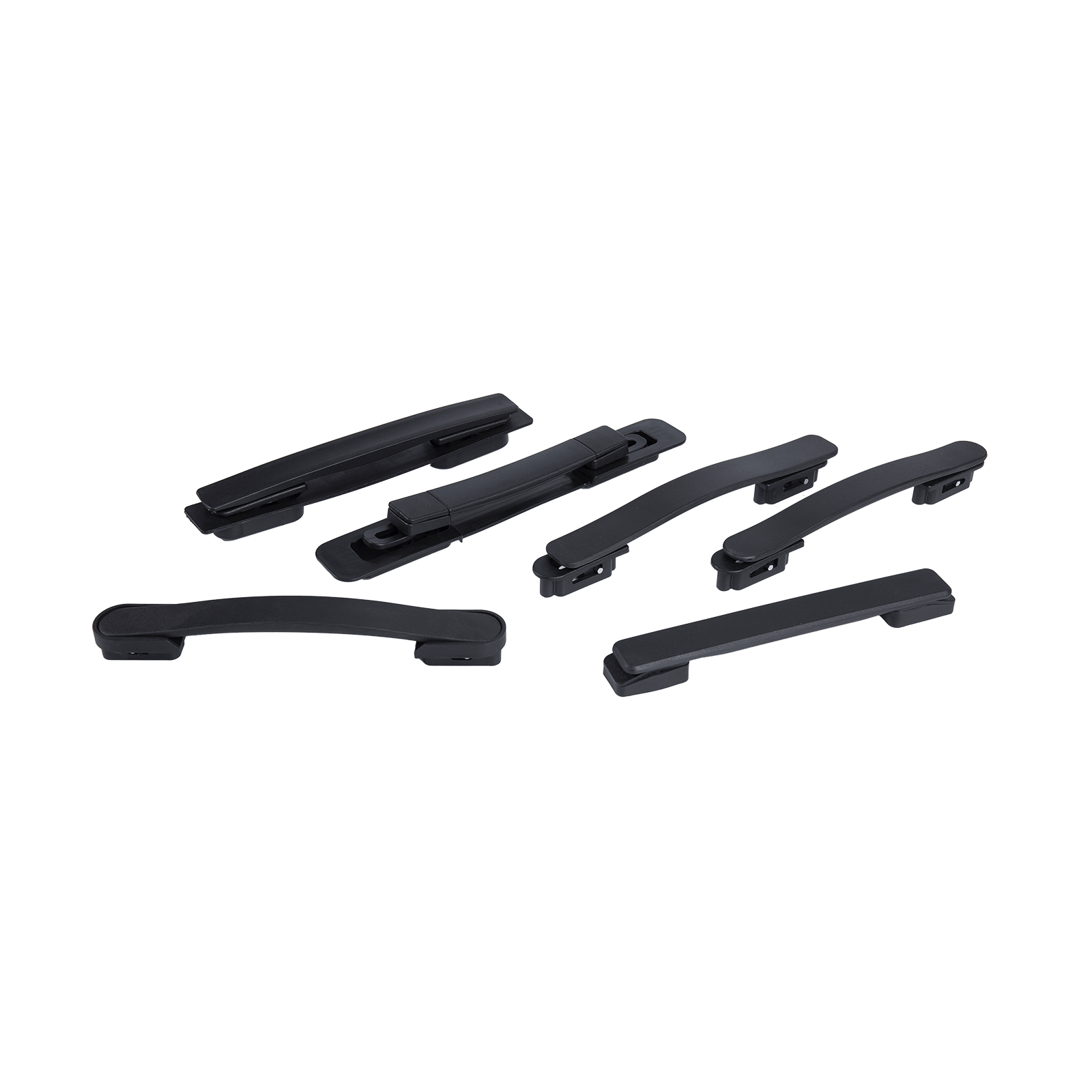The performance of a travel bag handle in different environments, such as extreme temperatures or wet conditions, depends on the materials used and the overall construction quality. Here’s a breakdown of how various materials and designs can impact performance:
Extreme Temperatures
Cold Environments:
Plastic: Some plastics, like polypropylene, can become brittle in extremely cold temperatures, increasing the risk of cracking or breaking.
Metal: Metals like aluminum and steel perform well in cold conditions, though they can become very cold to touch, which may be uncomfortable without padding.
Rubber and Foam: These materials can harden in the cold, reducing their cushioning effect and making the handle less comfortable to grip.
Hot Environments:

Plastic: High temperatures can cause some plastics to soften, warp, or degrade over time. High-quality, heat-resistant plastics like polycarbonate perform better in hot conditions.
Metal: Metals can become hot to the touch in high temperatures, potentially causing discomfort or burns if left in direct sunlight.
Rubber and Foam: These materials can soften in heat but generally remain functional. However, prolonged exposure to high temperatures may cause them to degrade or become sticky.
Wet Conditions
Rain and Moisture:
Plastic: Plastic handles are generally water-resistant and do not absorb water, making them suitable for wet conditions. They are easy to dry off and maintain.
Metal: Aluminum handles are resistant to rust and corrosion, while steel handles should be made of stainless steel or treated to resist rust. Metal handles with rubber or foam grips need to ensure these materials are water-resistant.
Rubber and Foam: High-quality rubber and foam grips are often designed to be water-resistant, providing a non-slip grip even when wet.
Fabric and Leather: Fabric handles (like nylon or polyester) dry quickly and are usually treated to resist water. Leather handles can become slippery when wet and may require waterproofing treatments to maintain durability and appearance.
Humidity:
Plastic: Resistant to humidity and won’t degrade in high-moisture environments.
Metal: Metals like aluminum and stainless steel handle humidity well, though untreated metals might corrode over time.
Rubber and Foam: These materials generally perform well in humid conditions, but prolonged exposure can sometimes lead to mold or mildew if not dried properly.
Environmental Stressors
UV Exposure:
Plastic: Prolonged exposure to UV rays can cause some plastics to fade or become brittle. UV-resistant plastics like polycarbonate are better suited for high-sun environments.
Metal: Generally unaffected by UV rays but can become very hot in direct sunlight.
Rubber and Foam: UV exposure can degrade rubber and foam over time, causing them to crack or lose elasticity. UV-resistant treatments can extend their lifespan.
Dust and Sand:
Plastic: Dust and sand can scratch the surface of plastic handles but generally don’t affect their structural integrity.
Metal: Dust and sand can cause wear in telescoping mechanisms if not regularly cleaned and lubricated.
Rubber and Foam: These materials can trap dust and sand, leading to abrasion and wear. Regular cleaning is necessary to maintain their condition.
Maintenance Tips for Different Environments
Regular Cleaning:
Wipe down handles after exposure to dust, sand, or saltwater to prevent abrasion and corrosion.
Clean rubber and foam grips to remove any accumulated dirt or moisture.
Protective Measures:
Use handle covers or wraps in extreme temperatures to provide insulation and comfort.
Apply waterproof treatments to leather handles to enhance water resistance.
Storage:
Store bags in cool, dry places when not in use to prevent material degradation.
Avoid leaving bags in direct sunlight for extended periods to reduce UV damage.
By selecting a travel bag with handles made from materials suited to the specific conditions you expect to encounter and maintaining them properly, you can ensure reliable performance in a wide range of environments.




 Español
Español











